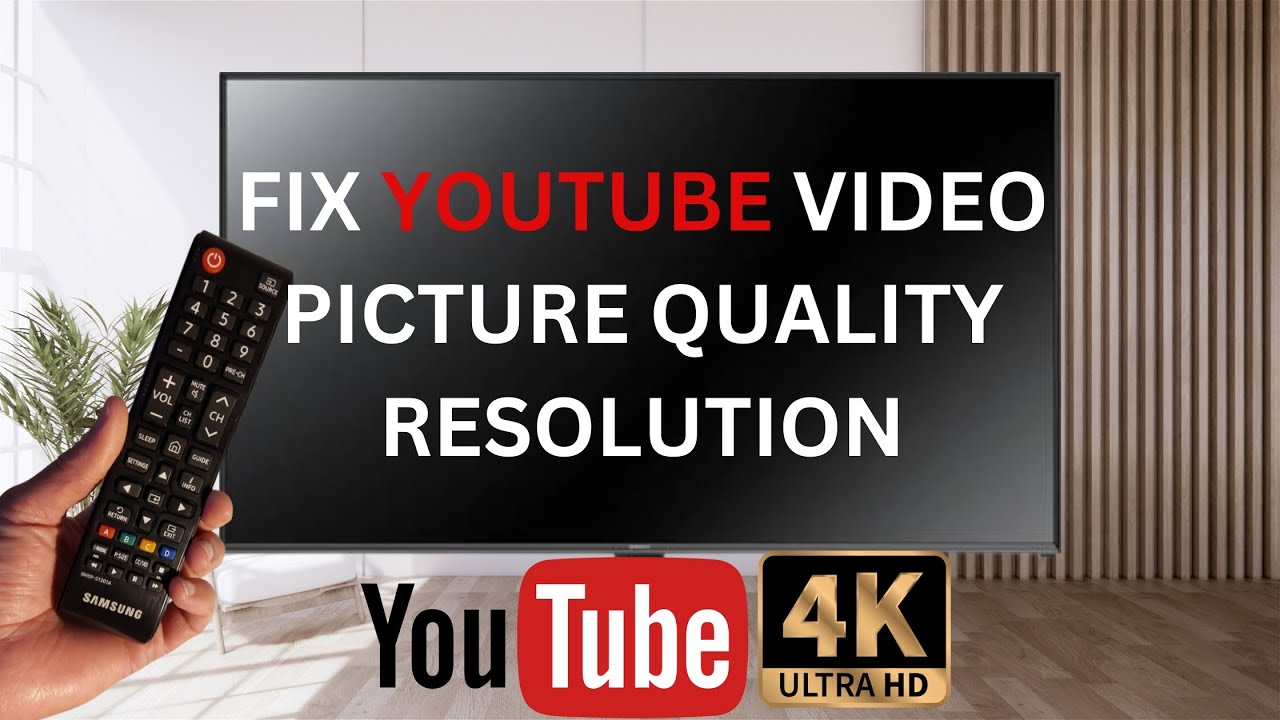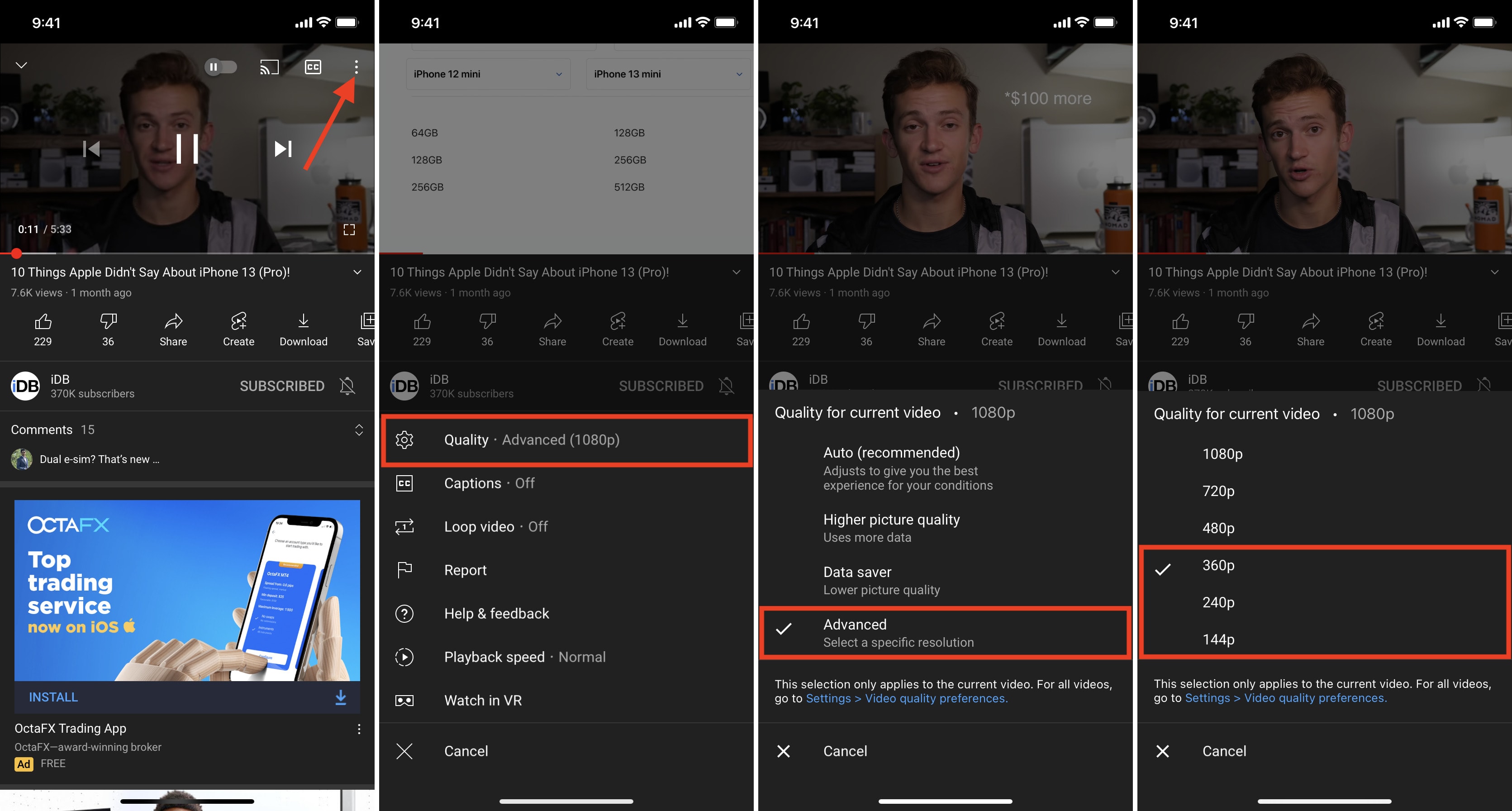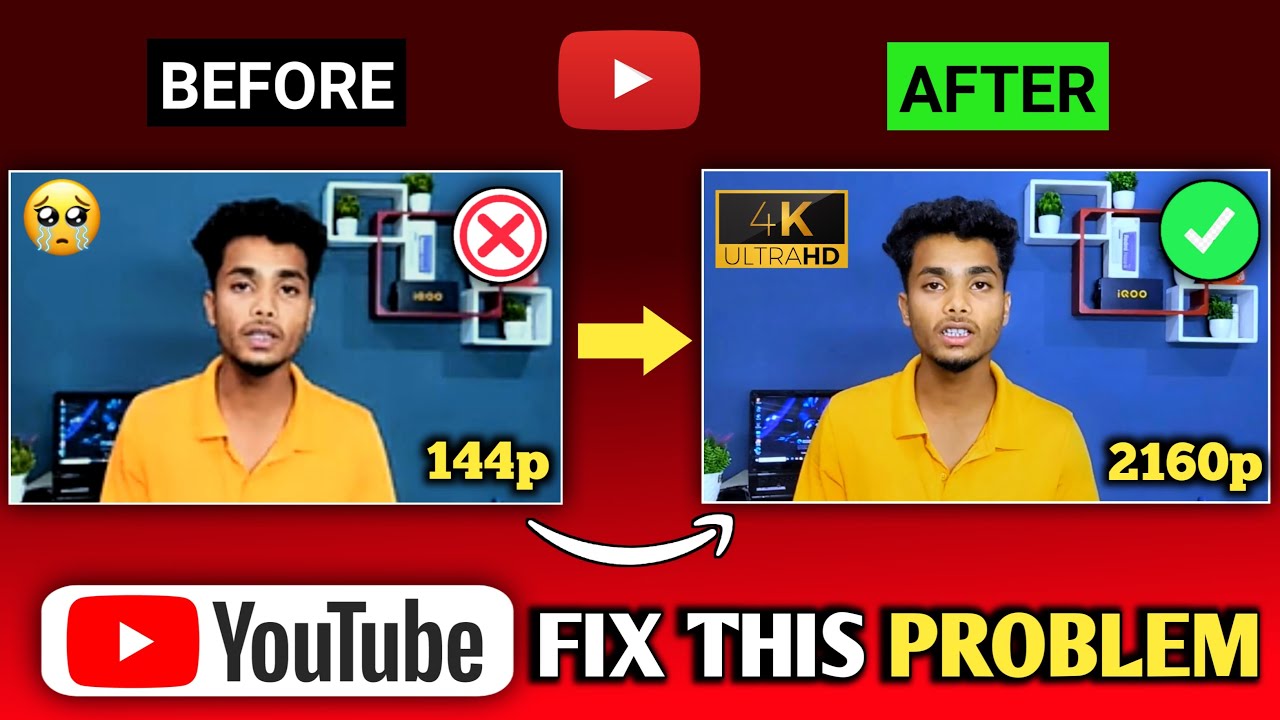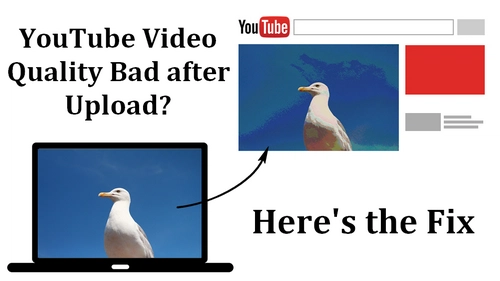YouTube has become a fundamental part of our daily lives, offering a myriad of videos ranging from educational content to entertainment. However, many users often encounter frustrating issues with video quality. Whether you’re a casual viewer or a content creator, understanding why your YouTube quality is lacking is essential for an enjoyable experience. In this post, we’ll explore the common reasons behind poor video quality and offer solutions to help you get back to viewing crisp, clear content. Let’s dive in!
Common Reasons for Poor YouTube Quality

There are several factors that can impact the quality of the videos you watch on YouTube. Let’s break down some of the most frequent culprits:
- Internet Connection Issues: One of the top reasons for poor video quality is a slow or unstable internet connection. If your connection speed is low, YouTube automatically reduces the video quality to adapt.
- Playback Settings: Sometimes, the quality issue stems from the playback settings itself. YouTube has a default setting that may adjust video quality based on your internet speed. If it’s set to "Auto," it might downgrade to a lower resolution.
- Device Limitations: The device you’re using can also affect video quality. Older devices may struggle to stream high-definition videos due to hardware limitations.
- Browser Problems: Your web browser can be a hidden enemy in the quality game. Outdated browsers, plugins, or even cache issues can interfere with how videos play.
- Video Source Quality: Remember, not all videos are created equal! Some videos are uploaded in low quality, to begin with, which means you won’t be able to watch them in high definition, regardless of your settings.
By understanding these common reasons, you’re better equipped to tackle any quality issues you may encounter while enjoying YouTube videos. In the next sections, we’ll discuss how to fix these problems to ensure you get the best viewing experience possible!
Also Read This: iMovie Melodies: Putting Music on iMovie from Spotify – Elevate Your Video Projects
Factors Influencing Video Quality

When it comes to YouTube video quality, there are several factors that can significantly affect how crisp and clear your videos appear. Understanding these can help you troubleshoot any issues you're facing. Let's dive into some of the key influences:
- Internet Connection: Your bandwidth plays a crucial role in streaming video. If your internet speed is slow or unstable, you might experience lower video quality. Aim for a consistent connection of at least 5 Mbps for HD streaming.
- Source Video Quality: The quality of the original video matters. If the video was recorded in a low resolution, it will inevitably reflect that quality, no matter how good the platform's streaming capabilities are.
- Device Performance: The device you use to watch YouTube can impact quality. Older devices may struggle with high-definition playback due to inadequate processing power or screen resolution.
- Video Settings: YouTube automatically adjusts the quality based on your connection. Sometimes, this can lead to inferior quality settings being applied if the platform detects a weaker connection.
- Browser or App Optimization: Whether you're watching on a browser or app, updates and optimizations can affect video quality. Ensure you have the latest version of your browser or the YouTube app.
By being aware of these factors, you can start to pinpoint why your YouTube experience may not be as clear as you would like.
Also Read This: Using VectorStock for Fitness and Wellness Branding Projects
How to Check Your YouTube Video Quality Settings

Sometimes, the issue with your YouTube video quality can be easily resolved by checking your settings. Here's how you can quickly adjust and verify the quality settings to ensure you're getting the best possible experience:
- Open a Video: Start by playing any video on YouTube.
- Access Quality Settings: Click on the gear icon (⚙️) typically located in the bottom-right corner of the video player.
- Select Quality: Find the 'Quality' option in the pop-up menu. Here, you'll see different resolution options ranging from 144p to 4K, depending on the video's availability.
- Choose Desired Quality: Select the highest available quality (like 1080p or 4K) for the best experience, ensuring your internet connection can handle it.
- Revert to Auto if Needed: If you're not sure about your internet speed, you might consider setting it to 'Auto' to allow YouTube to adjust based on real-time conditions.
By following these simple steps, you can easily check and optimize your video quality settings, enhancing your viewing experience on YouTube.
Also Read This: Adobe Stock vs. Alamy: Choosing the Right Platform for Selling Photos
Tips to Improve Your YouTube Video Quality

Improving your YouTube video quality can make a world of difference in how your content is perceived. No one wants to watch a grainy video or listen to muffled audio, right? Here are some practical tips to help you up your game:
- Invest in Quality Equipment: While you don't need the most expensive gear right off the bat, understanding that good equipment can enhance your videos is crucial. Look for:
- High-definition cameras
- External microphones for clearer audio
- Tripods or stabilizers for steady shots
- Optimize Lighting: Natural light is your friend! When setting up to shoot, try to shoot during the day near windows or use softbox lighting to eliminate harsh shadows. Remember, lighting significantly impacts the overall video quality.
- Choose the Right Editing Software: Post-production plays a key role in video quality. Whether you’re a beginner or more advanced, software like:
- Adobe Premiere Pro
- Final Cut Pro
- DaVinci Resolve
- Upload in High Resolution: Before uploading, make sure your video settings are configured correctly. Try to export in 1080p or higher for better clarity.
- Review Your Internet Connection: A slow or unstable connection can affect the upload quality. Use a wired connection for better stability, or ensure your Wi-Fi is strong and uninterrupted during uploads.
Conclusion
In summary, improving your YouTube video quality doesn't have to be daunting! By making conscious decisions about your equipment, lighting, editing, and internet connection, you can drastically enhance the overall experience for your viewers. Remember, content is king, but quality is the crown!
As you implement these tips, don't shy away from experimenting and finding what works best for your style. Your audience will appreciate the effort, and you may notice an increase in engagement and retention rates. Happy creating, and may your video quality soar to new heights!
 admin
admin








